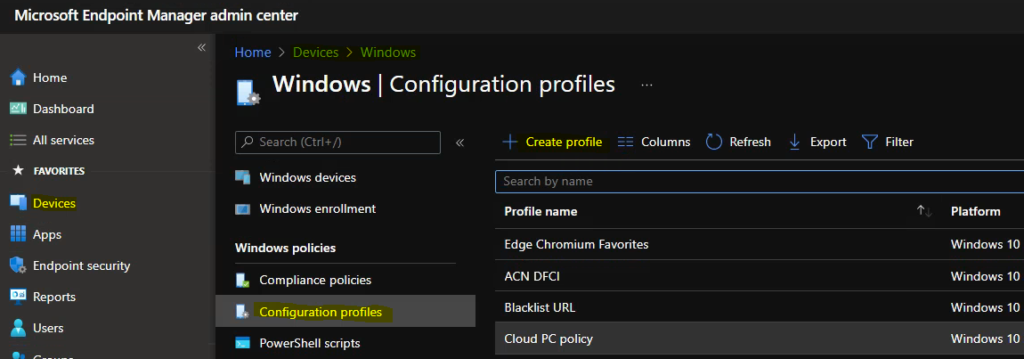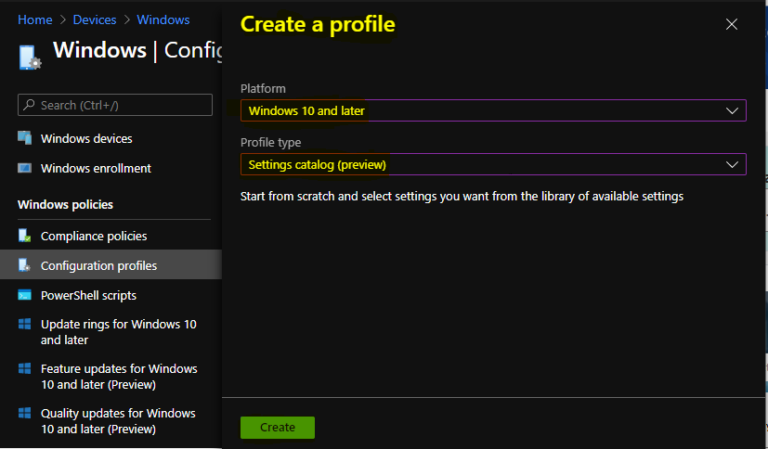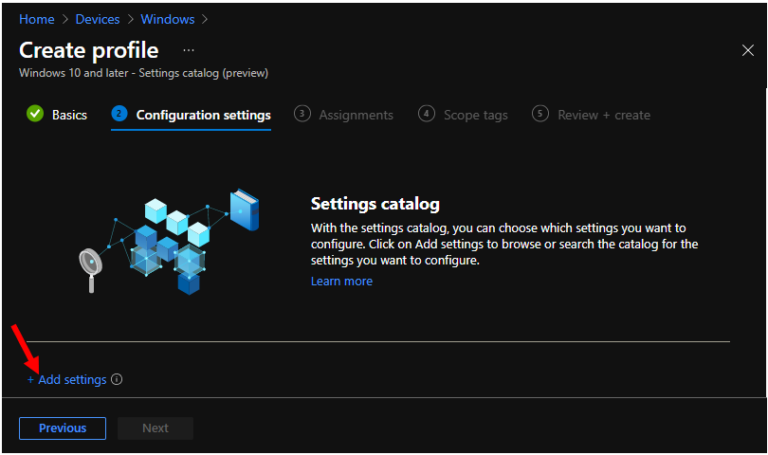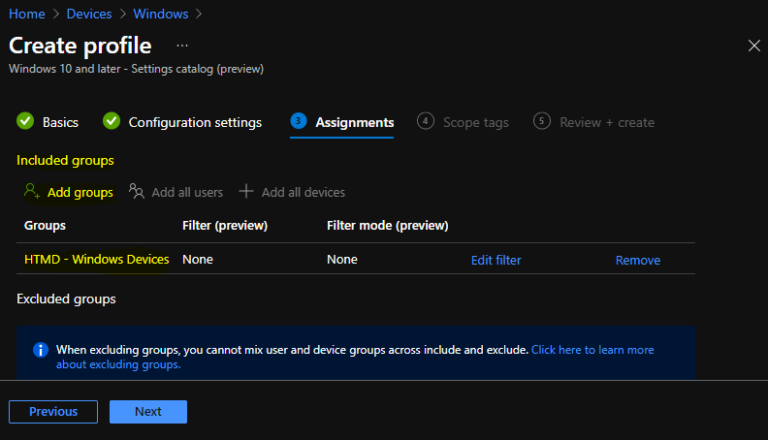In this post, you will learn how to manage device power options using Intune, aka Endpoint Manager. Power Management addresses the need that many organizations have to monitor and reduce the power consumption of their computers.
You can use Intune or Microsoft Endpoint Manager (MEM) to configure power options for Windows devices. You will need to use Intune Settings Catalog policies to manage different sets of options for devices. There is already a post that explains Windows Power Options and Intune – Discover with Joy.
The Intune Settings Catalog is the best place to go for all the policy settings in Intune (MEM). Microsoft recommends setting catalog profiles to create and manage security policies for all Intune managed Windows devices. In the settings catalog profile, you will also get an option Duplicate to create a copy of an existing setting catalog profile.
- Install Intune Remote Help Application using Intune
- Collect Intune Logs from MEM Portal Diagnostic Data
- Intune Logs Event IDs IME Logs Details For Windows Client Side Troubleshooting
Manage Device Power Options Using Intune
This section will help you assign the policy to Manage Device Power Options using Intune setting catalog policies. You can refer to the following guide to Create Intune Settings Catalog Policy and deploy it only to a set of Intune Managed Windows 11 or Windows 10 devices using Intune Filters.
- Sign in to the Endpoint Manager Intune portal https://endpoint.microsoft.com/
- Select Devices > Windows > Configuration profiles > Create profile

In Create Profile, Select Platform, Windows 10, and later and Profile, Select Profile Type as Settings catalog. Click on Create button.

On the Basics tab, enter a descriptive name, such as Manage Device Power Options – HTMD Windows 10 Devices. Optionally, enter a Description for the policy, then select Next.

In Configuration settings, click Add settings to browse or search the catalog for the settings you want to configure.

On the Settings Picker windows, Select Power to see all the settings in this category. For Example – I selected the below two settings. After adding your settings, click the cross mark at the right-hand corner to close the settings picker.
You will need to click on Power from the browse by category. There are 13 results (policies) in the “Power” category. The following policies are available in the Settings Catalog workflow –
- Allow Hibernate (Windows Insiders only) – This policy setting decides if hibernate on the machine is allowed or not.
- Energy Saver Battery Threshold On Battery/Plugged In – This policy setting allows you to specify battery charge level at which Energy Saver is turned on.
- Select Lid Close Action On Battery/Plugged In – This policy setting specifies the action that Windows takes when a user closes the lid on a mobile PC.
- Select Power Button Action On Battery/Plugged In – This policy setting specifies the action that Windows takes when a user presses the power button.
- Select Sleep Button Action On Battery/Plugged In – This policy setting specifies the action that Windows takes when a user presses the sleep button.
- Turn Off Hybrid Sleep On Battery/Plugged In – This policy setting allows you to turn off hybrid sleep.
- Unattended Sleep Timeout On Battery/Plugged In – This policy setting allows you to specify the period of inactivity before Windows transitions to sleep automatically when a user is not present at the computer.

The selected setting is shown and configured with a default value Sleep. Set Select Lid Close Action On Battery/Plugged In to Take no action from available listed options based on requirements. Click Next.

Under Assignments, In Included groups, click Add groups and then choose Select groups to include one or more groups. Click Next to continue.

In Scope tags, you can assign a tag to filter the profile to specific IT groups. Add scope tags (if required) and click Next.
In Review + create, review your settings. When you select Create, your changes are saved, and the profile is assigned.

A notification will appear automatically in the top right-hand corner with a message. Here you can see, Policy “Manage Device Power Options – HTMD Windows 10 Devices” created successfully. The policy is also shown in the Configuration profiles list.

Your groups will receive your profile settings when the devices check-in with the Intune service. Once the policy applies to the devices based on applied power settings, you can see the action when users close the Lid. To confirm that power options are applied successfully, sign in to the device. Select Start > Settings > System > Power & Sleep and verify the power settings.
You can check Intune settings catalog profile report from Intune Portal, which provides an overall view of device configuration policies deployment status.
Author
About Author -> Jitesh has over 5 years of working experience in the IT Industry. He writes and shares his experiences related to Microsoft device management technologies and IT Infrastructure management. His primary focus area is Windows 10, Windows 11 Deployment solution with Configuration Manager, Microsoft Deployment Toolkit (MDT), and Microsoft Intune.
